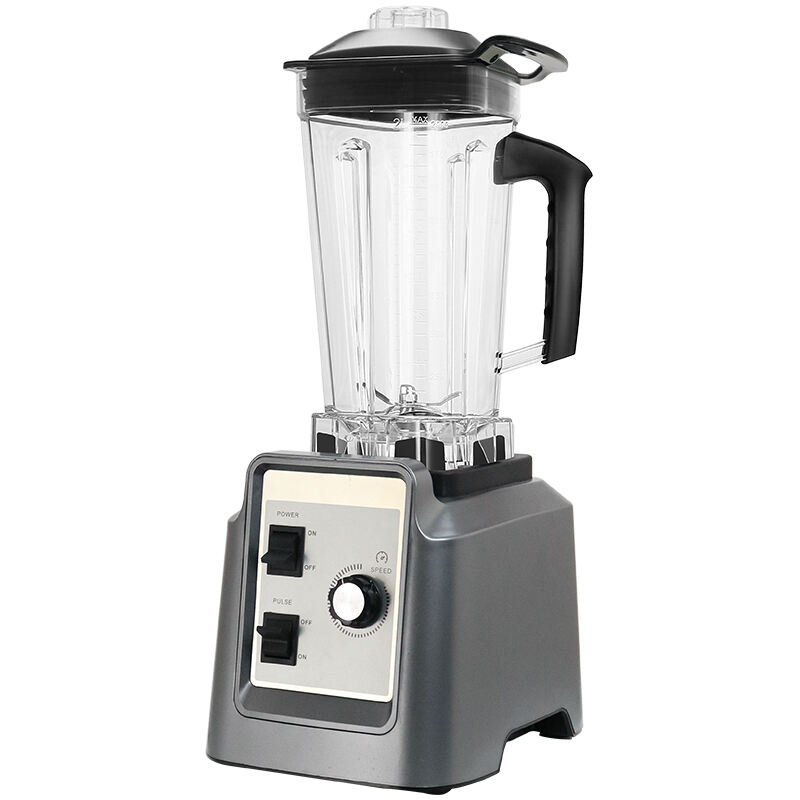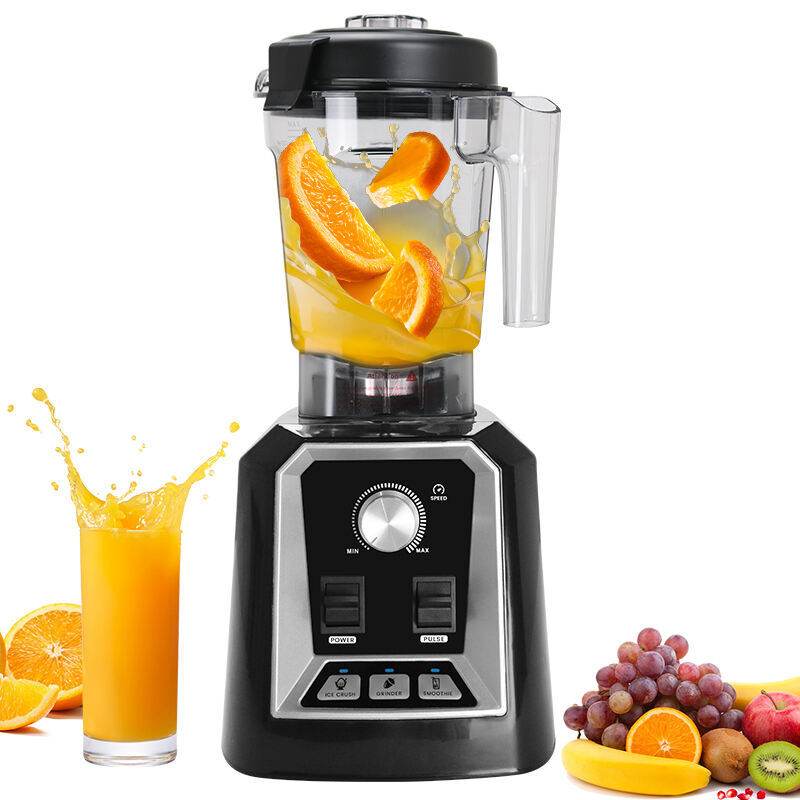Essential Factors in Choosing the Perfect Kitchen Blender
The humble blender mixer has evolved from a simple kitchen appliance into a versatile culinary powerhouse. Whether you're whipping up morning smoothies, preparing homemade sauces, or creating gourmet soups, selecting the right blender mixer can significantly impact your cooking experience. With countless options available in the market, making an informed decision requires careful consideration of various factors that go beyond just price and brand name.
Modern blender mixers come equipped with innovative features and technologies that can transform your cooking capabilities. From variable speed controls to pre-programmed settings, these appliances offer functionality that caters to diverse culinary needs. Understanding these features and how they align with your specific requirements is crucial for making a worthwhile investment.
Understanding Different Types of Blender Mixers
Countertop Blender Mixers
Countertop blender mixers are the most common type found in households. These versatile appliances typically feature a powerful motor base, a large jar, and multiple speed settings. They excel at creating smoothies, crushing ice, and blending larger quantities of ingredients. High-end models often include preset programs for specific tasks like soup-making or ice crushing, making them ideal for regular use in busy kitchens.
The capacity of countertop blender mixers usually ranges from 48 to 72 ounces, making them perfect for family use or entertaining guests. While they require more counter space, their robust performance and durability make them a worthwhile investment for serious home cooks.
Immersion Blender Mixers
Also known as hand blenders, immersion blender mixers offer exceptional portability and convenience. These compact devices are perfect for blending soups directly in the pot, making small batches of baby food, or whipping up quick smoothies. Their versatility extends to creating emulsions, whipped cream, and even chopping small quantities of ingredients.
The main advantage of immersion blenders is their space-saving design and easy cleanup. However, they may not match the power and capacity of countertop models for heavy-duty blending tasks.
Power and Performance Specifications
Motor Wattage and Speed Settings
The power of a blender mixer's motor significantly influences its performance. For regular home use, motors ranging from 500 to 750 watts typically suffice. However, if you frequently blend tough ingredients like frozen fruits or nuts, consider models with 1000 watts or more. Higher wattage ensures smoother blending and reduces strain on the motor.
Variable speed settings are crucial for precise control over blending consistency. Look for blender mixers offering at least three speeds, though models with up to ten speed settings provide greater versatility. Pulse function is another valuable feature, allowing for quick bursts of power when needed.
Blade Design and Material
The blade configuration plays a vital role in blending efficiency. Stainless steel blades are standard and preferred for their durability and resistance to corrosion. Some advanced blender mixers feature multiple blade assemblies or specialized designs for different purposes, such as wet and dry blending.
Consider the angle and number of blades, as these factors affect blending performance. Six-point blades generally create a more consistent blend than four-point options, while serrated edges excel at crushing ice and frozen ingredients.

Material Quality and Durability
Container Construction
The blending container's material affects both durability and functionality. Glass jars are heavy but resist scratching and don't retain odors. However, they can be more prone to breakage. High-grade plastic containers, particularly those made from BPA-free materials like Tritan, offer durability while being lighter and more shatter-resistant.
Pay attention to the container's design features, such as measurement markings, pour spouts, and ergonomic handles. These elements contribute to user convenience and safety during operation.
Base and Component Quality
A stable, well-built base is essential for safe operation. Look for blender mixers with non-slip feet and substantial weight to prevent movement during use. The quality of connecting components, such as the gear assembly and coupling system, directly impacts the appliance's longevity.
Metal drive components generally last longer than plastic ones, though they may increase the overall cost. Consider this a worthwhile investment for frequent users.
Additional Features and Technologies
Smart Programming Options
Modern blender mixers often include pre-programmed settings for common tasks like smoothie-making, soup preparation, or ice crushing. These automated programs optimize blending time and speed for consistent results. Some high-end models even offer smartphone connectivity for recipe downloads and remote operation.
While these features can enhance convenience, evaluate whether they justify the additional cost based on your intended use. Sometimes, simpler models with manual controls provide better value for basic blending needs.
Safety and Cleaning Features
Safety features should never be overlooked when selecting a blender mixer. Look for models with secure lid locking mechanisms and overheating protection. Some advanced models include auto-shutoff features and safety interlocks to prevent operation when components are incorrectly assembled.
Easy cleaning is another crucial consideration. Dishwasher-safe components and self-cleaning programs can significantly reduce maintenance time. Some models feature removable blades for thorough cleaning, though this design requires careful handling.
Frequently Asked Questions
How much should I spend on a quality blender mixer?
Quality blender mixers typically range from $100 to $500, depending on features and brand. For regular home use, a mid-range model around $200-300 usually offers the best balance of performance and durability. Professional-grade models can cost more but may be worth the investment for daily heavy use.
What warranty coverage should I look for?
Look for blender mixers with at least a one-year warranty on parts and labor. Premium brands often offer extended warranties of 5-7 years on the motor and 2-3 years on other components. Always read warranty terms carefully to understand coverage limitations and maintenance requirements.
Can I use my blender mixer for hot ingredients?
While many blender mixers can handle warm ingredients, not all are designed for hot liquids. Check the manufacturer's specifications carefully. Models specifically designed for hot blending usually feature vented lids and thermal-resistant materials. Always follow safety guidelines regarding maximum temperature and filling levels.
 Zhongshan city HaiShang Electric Appliances Co,. Ltd
Zhongshan city HaiShang Electric Appliances Co,. Ltd



